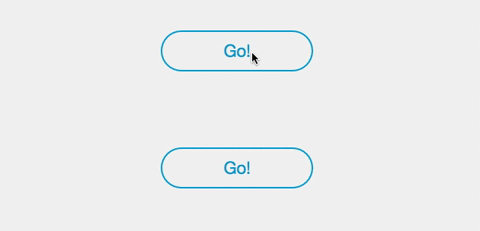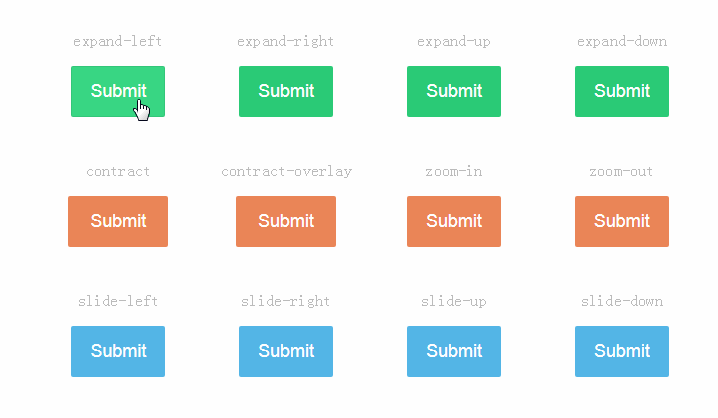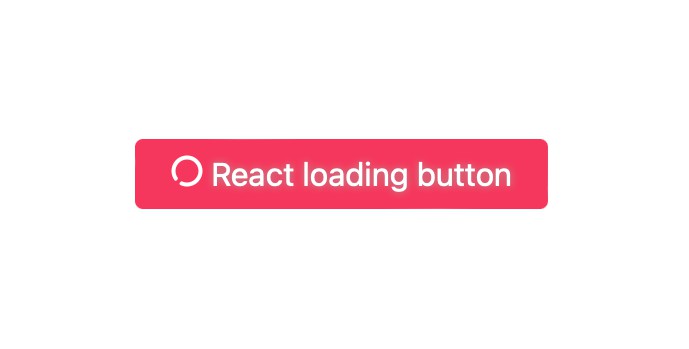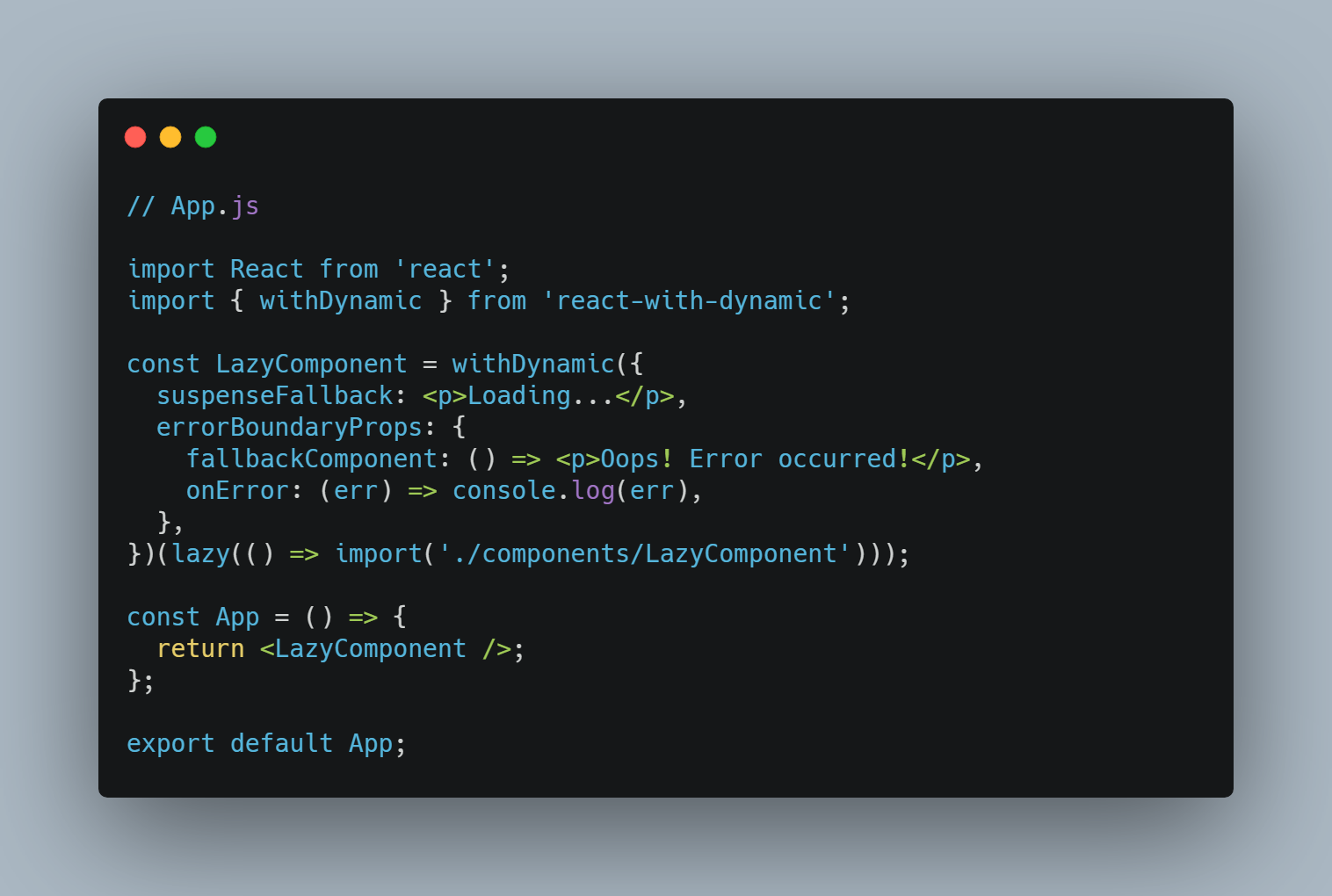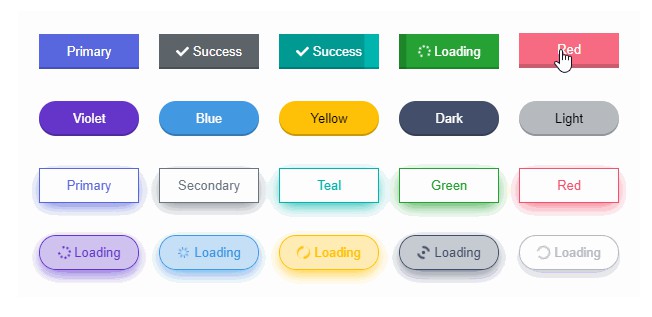react-progress-button
Simple react.js component for an inline progress indicator.
Live Demo
https://mathieudutour.github.io/react-progress-button/
Install
npm install react-progress-button --save
Example
Controlled usage:
import ProgressButton from 'react-progress-button'
const App = React.createClass({
getInitialState () {
return {
buttonState: ''
}
},
render () {
return (
<div>
<ProgressButton onClick={this.handleClick} state={this.state.buttonState}>
Go!
</ProgressButton>
</div>
)
},
handleClick () {
this.setState({buttonState: 'loading'})
// make asynchronous call
setTimeout(() => {
this.setState({buttonState: 'success'})
}, 3000)
}
})
Using Promises:
If the function passed in via the onClick prop return a Promise or if a promise
is passed as an argument of the loading method,
the component will automatically transition to its success or error
states based on the outcome of the Promise without the need for
external manipulation of state using a ref.
import ProgressButton from 'react-progress-button'
const App = React.createClass({
render () {
return (
<div>
<ProgressButton onClick={this.handleClick}>
Go!
</ProgressButton>
</div>
)
},
handleClick() {
return new Promise(function(resolve, reject) {
setTimeout(resolve, 3000)
})
}
});
API
Props
All props are optional. All props other than that will be passed to the top element.
classNamespace
Namespace for CSS classes, default is pb- i.e CSS classes are pb-button.
durationError
Duration (ms) before going back to normal state when an error occurs,
default is 1200
durationSuccess
Duration (ms) before going back to normal state when an success occurs,
default is 500
onClick
Function to call when the button is clicked; if it returns a Promise
then the component will transition to the success/error state based on
the outcome of the Promise
onError
Function to call when going back to the normal state after an error
onSuccess
Function to call when going back to the normal state after a success
state
State of the button if you do not want to use the functions. Can be '', loading, success, error or disabled.
type
Type of the button (can be 'submit' for example).
form
Id of the form to submit (useful if the button is not directly inside the form).
shouldAllowClickOnLoading
Whether click event should bubble when in loading state
Methods
loading()
Put the button in the loading state.
disable()
Put the button in the disabled state.
notLoading(), enable()
Put the button in the normal state.
success([callback, dontGoBackToNormal])
Put the button in the success state. Call the callback or the onSuccess prop when going back to the normal state.
error([callback])
Put the button in the error state. Call the callback or the onError prop when going back to the normal state.
Styles
Look at react-progress-button.css for an idea on how to style this component.
If you are using webpack, you'll need to have css-loader installed and include
{
test: /\.css$/,
loader: "style!css"
}
